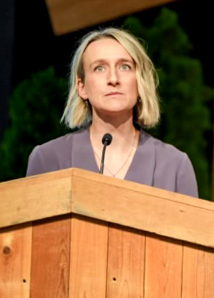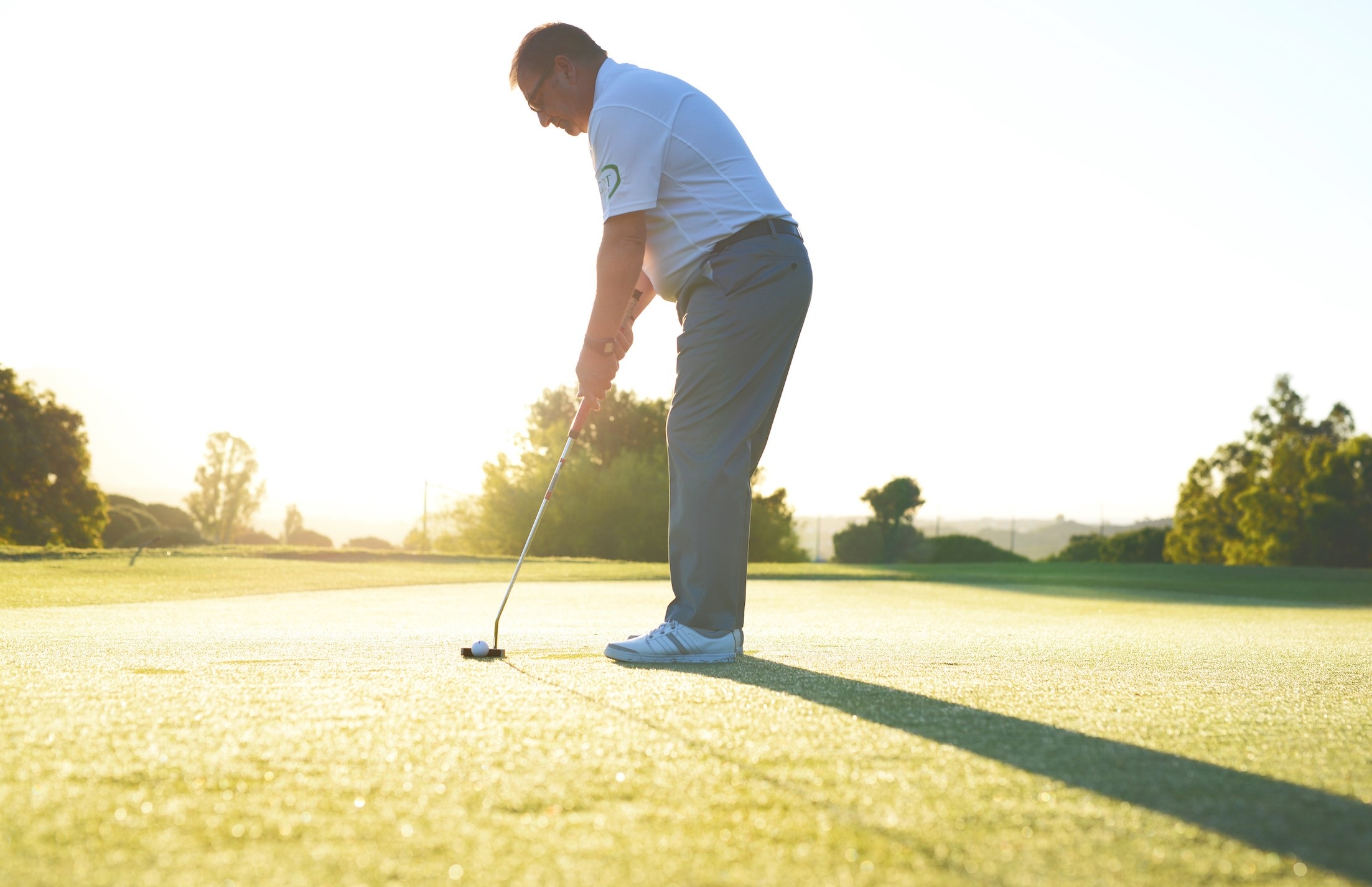Why learn about human development during middle adulthood?

This stage of life is truly as multi-faceted as any other. It is a period of negotiation, and renegotiation, across the three main facets of human existence: physical, psychological, and social. Our concept of self may not be fully ours to shape or control alone. How others see us, and their expectations of us, are age-sensitive as well.
From the developmental perspective, middle adulthood (or midlife) refers to the period of the lifespan between young adulthood and old age. This period lasts from 20 to 40 years depending on how these stages, ages, and tasks are culturally defined. The most common definition by chronological age for middle adulthood is from 40 to 65, but there can be a range of up to 10 years (ages 30-75) on either side of these parameters. Research on this period of life is relatively sparse, and many aspects of midlife are still relatively unexplored; in fact, it may be the least studied period of the lifespan. This is not as surprising as might initially appear. One hundred years ago, life expectancy in the United States was about 54 years. How individuals prepare in middle adulthood for living longer and being part of an older community, will assume even more critical importance. It may also present a formidable challenge in the areas of health and public policy, as the relative numbers of those who are economically active, or economically inactive, shift.
Developmental Tasks
Margie Lachman (2004) provides a comprehensive overview of the challenges facing midlife adults, outlining the roles and responsibilities of those entering the “afternoon of life” (Jung). These include:
- Losing parents and experiencing associated grief.
- Launching children into their own lives.
- Adjusting to home life without children (often referred to as the empty nest).
- Dealing with adult children who return to live at home (known as boomerang children in the United States).
- Becoming grandparents.
- Preparing for late adulthood.
- Acting as caregivers for aging parents or spouses.
Taken singly or together, these can represent a fundamental reorientation of outlook, investment, attitudes, and personal relationships which can present formidable obstacles in terms of social and economic challenges. They may also be affected by circumstances outside our control, at a time that we may have envisaged as planned and under control.
The impact of belonging for seniors in both Indigenous and non-Indigenous populations is profound. Having a strong sense of connection to friends, family and community can be instrumental in buffering some of the effects of aging and has been found to correlate to better overall health outcomes (Lambert et al., 2013). For many Indigenous communities, a strong sense of belonging—rooted in connections to community, land, culture, and spirituality—plays a protective role in health and well-being, especially as individuals age.
Health Care and Indigenous people
There has been a long and painful history between Indigenous people and the Canadian healthcare system. Numerous documented stories of abuse towards Indigenous people and hundreds more undocumented experiences of abuse, neglect and racism. This has led to lasting disparities in health outcomes, with Indigenous people facing higher rates of chronic illness, mental health issues, and lower life expectancy compared to non-Indigenous Canadians. The relationship to healthcare services is especially important as Indigenous people as they move through the lifespan and need to access services with greater frequency. These issues highlighting the urgent need for culturally sensitive, accessible, and community-led healthcare solutions that respect Indigenous rights and knowledge (Canadian Medical Association, 2024).
On Sept. 18, 2024, the Canadian Medical Association (CMA) apologized for its role, and the role of the medical profession, in past and ongoing harms to First Nations, Inuit and Métis Peoples in the health system.

“We have not lived up to the ethical standards the medical profession is expected to uphold to ensure the highest standard of care is provided to patients and trust is fostered in physicians, residents and medical students. We realize we have left Indigenous Peoples out of that high standard of care”. Dr. Joss Reimer, CMA president (Canadian Medical Association, 2024).
For many Indigenous peoples, medicine is considered to be the connections between our physical, mental, spiritual and emotional well-being. While this view of ‘healthcare’ has not always been shared by the Canadian Medical Association, there have been many steps taken in the past decade increase cultural understanding for Indigenous people within the healthcare system, with the most recent apology by the Canadian Medical Association being a prime example. Other factors include funding and support for the recruitment, education and training of Indigenous physicians and nurses. This goal came out of the Truth and Reconciliation call to action number 23 which focuses on both increasing healthcare professionals and the mandatory training of non-Indigenous health care professionals (CBC, 2024).
What you’ll learn to do: explain the physiological changes during middle adulthood and their physical and psychological consequences

As we will see, there are simple physiological changes that accompany middle adulthood. These are somewhat inevitable, but the importance of physical activity at this age range would be difficult to overstate looking at the evidence. Exercise does not necessarily mean running marathons, it may simply mean a commitment to using your legs in a brisk fashion for thirty minutes. “Use it or lose it” is a good mantra for this stage of development—the technical term for the loss of muscle tissue and function as we age is sarcopenia. From age 30, the body loses 3-8% of its muscle mass per decade, and this accelerates after the age of 60 (Volpi et al., 2010). Diet and exercise can ameliorate the extent and lifestyle consequences of these processes. In this section, we will examine some of the changes associated with middle adulthood and consider how they impact human life.
Learning Outcomes
- Detail the most important physiological changes occurring in men and women during middle adulthood
- Describe how physiological changes during middle adulthood can impact life experience, health, and sexuality

